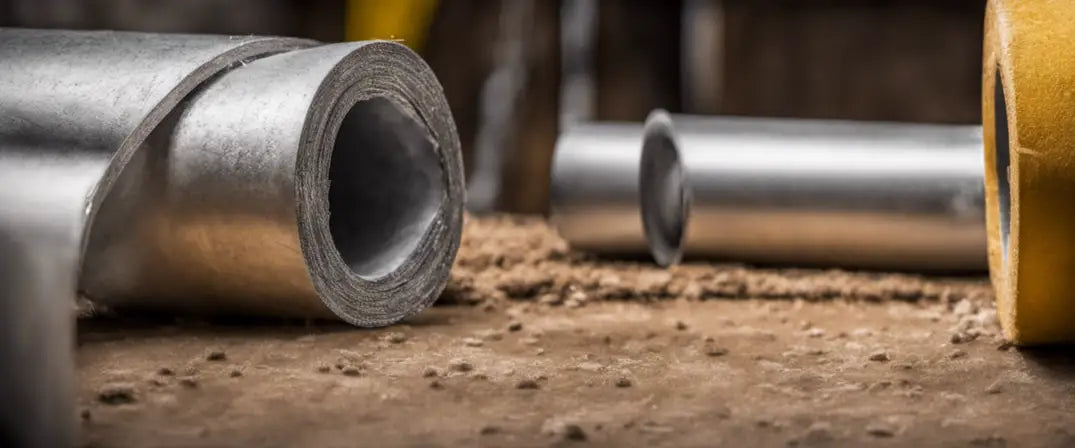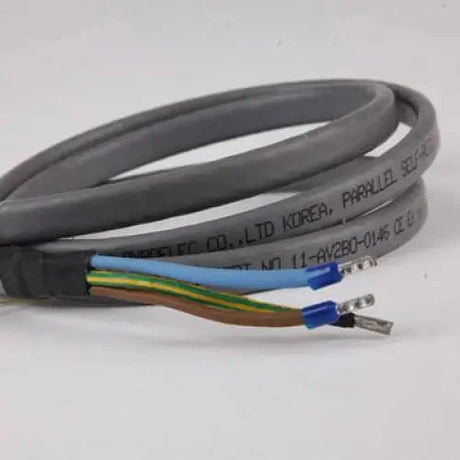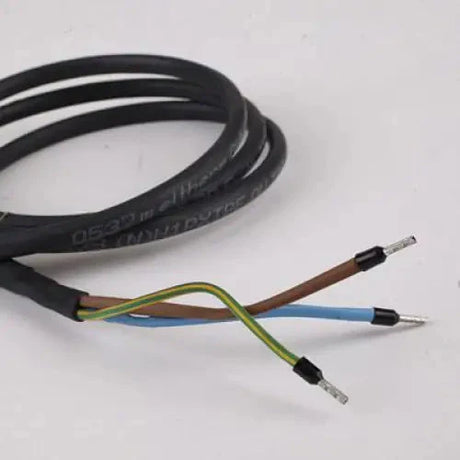When it comes to building a new home, not all insulation is created equal. Insulation plays a vital role in the energy efficiency, comfort, and overall performance of your home. But with so many types of insulation available, how do you choose the right one? This guide will help you navigate the world of insulation, providing you with the knowledge and tools you need to make an informed decision.
Understanding the Basics of Insulation
At its core, insulation is designed to reduce heat flow. It keeps your home warm in the winter and cool in the summer, which can significantly reduce your energy bills. Insulation also has the added benefits of reducing noise transmission and increasing your home's fire resistance.
Insulation effectiveness is measured in R-values, with higher R-values indicating greater insulating power. When selecting insulation, it's crucial to consider the R-value you need based on your climate and the part of the house you're insulating.
Different Types of Insulation
There are several types of insulation available, and each has its pros and cons. Here's a breakdown of the most common types:
-
Fibreglass Insulation: This is the most common form of insulation in the UK. It's available in batts or rolls and is relatively easy to install. However, it can be irritating to the skin and lungs if not handled properly.
-
Cellulose Insulation: Made from recycled paper, cellulose is an eco-friendly option. It can be blown into walls, making it a good choice for retrofitting older homes.
-
Spray Foam Insulation: This type of insulation expands to fill gaps, making it an excellent choice for sealing air leaks. It's more expensive than other types, but it offers superior R-value.
-
Mineral Wool Insulation: Also known as rock wool, this type of insulation is fire resistant and excellent for soundproofing.
-
Polystyrene Insulation: This is a type of foam insulation that comes in rigid boards. It's often used for insulating basements and exteriors.
Choosing the Right Insulation for Your Home
The type of insulation you choose will largely depend on where you live, your budget, and your home's specific needs. Here are a few things to consider:
-
Climate: In colder climates, you'll want insulation with a higher R-value to keep the heat in. In warmer climates, a lower R-value may suffice.
-
Budget: While spray foam insulation offers the highest R-value, it's also the most expensive. Fibreglass is a more budget-friendly option, but it doesn't provide as much insulation per inch as spray foam.
-
Installation: Some types of insulation, like spray foam, require professional installation. Others, like fibreglass batts, can be a DIY project.
- Environmental Impact: If sustainability is important to you, consider cellulose or mineral wool insulation. These materials are made from recycled or renewable resources.
In conclusion, the type of insulation you choose can have a significant impact on your home's comfort, energy efficiency, and even its resale value. So, it's worth taking the time to research and select the right insulation for your needs. And remember, if you have any questions or need help choosing the right insulation, we're always here to help.
So, how will you insulate your new home? Will it be fibreglass, cellulose, spray foam, mineral wool, or polystyrene? The choice, ultimately, is in your hands.
























































